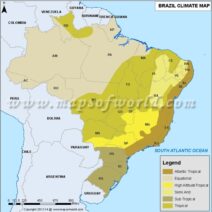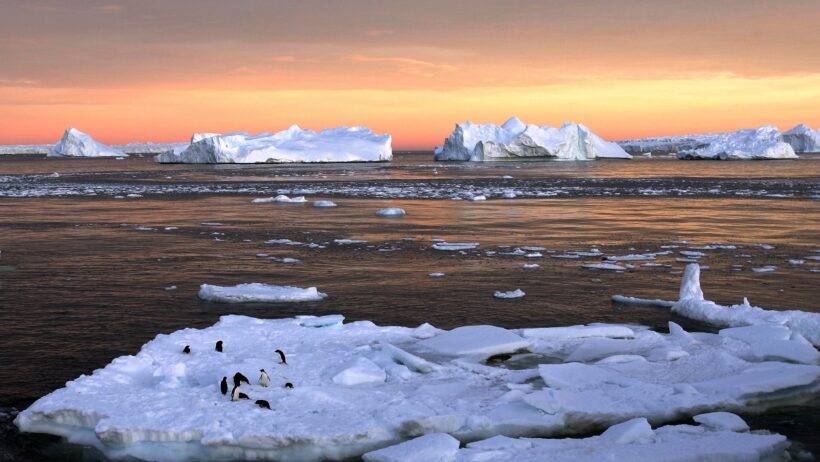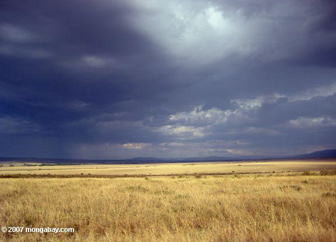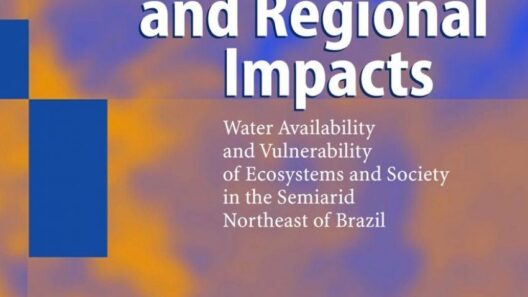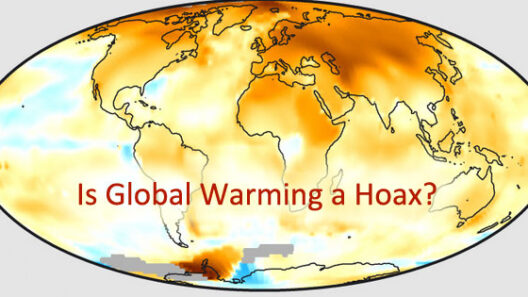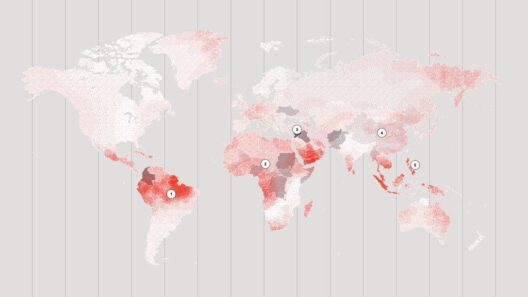The rainforest, often heralded as the lungs of our planet, teems with unparalleled biodiversity. Home to countless unique species, from the vividly colored poison dart frog to the elusive jaguar, these ecosystems play a critical role in the Earth’s ecological balance. Yet, as global temperatures ascend due to anthropogenic climate change, the rainforest’s rich tapestry of life hangs precariously in the balance. Understanding the intricate dynamics of this environment and how global warming imperils its inhabitants is imperative.
One common observation is the striking beauty of rainforest creatures. This fascination is not merely aesthetic; it is rooted in the unique adaptations that these animals have developed in response to their highly specialized habitats. The vibrant plumage of a toucan or the bioluminescence of certain insects captures our imagination, yet these features serve vital functions such as attracting mates or deterring predators. However, this intricate interplay of adaptations is at risk as climate change alters the very fabric of their environments.
Global warming presents multifaceted threats to rainforest ecosystems. The most primary concern is the alteration of temperature and precipitation patterns. As climate change progresses, average temperatures are predicted to rise, affecting species’ ranges and timing of biological events. Tropical rainforests, particularly in regions like the Amazon or the Congo basin, are especially sensitive. Ecosystems that have thrived for millennia could face unprecedented shifts.
One significant consequence of rising temperatures and shifting climates is the increased frequency of extreme weather events. Droughts are becoming more prevalent, disrupting the delicate balance of moisture that many rainforest species depend on. Consider the case of the red-eyed tree frog: its reproductive success hinges on the availability of specific water conditions. A prolonged dry spell threatens this essential aspect of its life cycle, leading to population declines.
Moreover, warming temperatures exacerbate the threat of wildfires. Rainforests, while typically humid, can become flammable under protracted heat. Fires not only destroy habitats but also release significant amounts of carbon dioxide back into the atmosphere, further contributing to global warming. The intertwining of these phenomena creates a vicious cycle where the rainforest’s ability to act as a carbon sink diminishes, fueling further environmental degradation.
Another crucial aspect to consider is the phenomenon of habitat fragmentation, which is intrinsically linked to climate change. As temperatures rise, many animal species may be forced to migrate to cooler regions, yet the rapidity of climate change often outpaces their ability to adapt or move. Urbanization and agricultural expansion already encroach upon these ecosystems, hindering species’ movements. The plight of the jaguar exemplifies this; as it seeks cooler habitats, it finds its path obstructed by developed land, reducing its genetic diversity and increasing its risk of extinction.
It is also vital to recognize the impact of climate change on species interactions within rainforest ecosystems. Creatures exist within complex food webs, reliant on one another for survival. For instance, pollinators like specific birds and insects have a profound impact on plant reproduction. If climate change alters the timing of blooming or the availability of pollinators, entire plant species could decline, ultimately affecting the myriad animals that depend on them for food and habitat. These interconnected dynamics highlight the fragility of rainforest ecosystems.
Furthermore, invasive species can thrive in warmer temperatures, outcompeting native flora and fauna. As the climate warms, non-native species can extend their range and establish themselves within vulnerable rainforest habitats. These invasive species often lack natural predators, allowing them to proliferate unchecked, further jeopardizing endemic species already struggling under the pressures of climate change.
Conservation efforts must evolve in response to these realities. Traditional methods of protecting specific areas may no longer suffice in the face of the shifting climatic boundaries. Adaptive management strategies are needed, focusing not just on preserving existing biodiversity, but also on enhancing ecosystem resilience. This may include creating wildlife corridors that connect fragmented habitats, thereby allowing species to migrate in response to climate changes.
Public awareness and education are also critical in addressing the plight of the rainforest’s unique inhabitants. Understanding the stakes involved, and fostering a sense of stewardship toward these invaluable ecosystems, can galvanize grassroots movements and policy changes. Advocating for sustainable practices, whether in agriculture, forestry, or consumer habits, can mitigate the drivers of climate change and support rainforest conservation efforts. Collective action on both local and global scales is essential.
The rainforest’s plight is a poignant reminder of the intricate and delicate balance within our planet’s ecosystems. The unique animals that inhabit these lush environments are not merely fascinating curiosities; they play essential roles in maintaining ecological integrity. As global warming poses increasingly severe threats to their existence, the imperative to act has never been clearer. Protecting the rainforest is tantamount to ensuring the survival of its unique inhabitants, which ultimately reflects our commitment to preserving the biodiversity that sustains life on Earth.
In conclusion, the threats posed by global warming represent a multifaceted challenge requiring comprehensive and immediate action. As stewards of the planet, our responsibility extends beyond mere observation; it necessitates concerted efforts to safeguard the irreplaceable ecosystems and the myriad species that inhabit them. By fostering awareness, supporting conservation initiatives, and advocating for sustainable practices, we can contribute to the preservation of the world’s rainforests and the extraordinary life they harbor.
